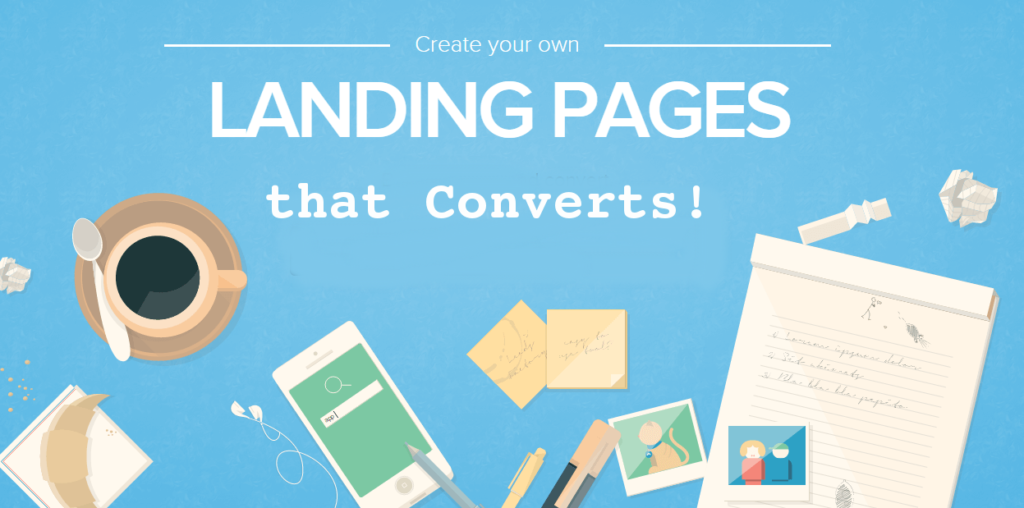
Finding verified business email addresses of targeted prospects is a difficult task for busy B2B sales and marketing professionals. Obtaining co-worker email addresses makes the situation even worse for these professionals. Emails from co-workers? Why would I require such a thing? This is exactly what the majority of B2B sales professionals believe. This blog post will assist you in learning how to take advantage of co-worker emails in order to increase your sales opportunities.
What are the benefits of reaching out to co-workers?
The general perception that everyone has about business-to-business sales is that it is all about selling to decision-making individuals. That is absolutely correct, you are correct. In order to be successful in B2B sales, you must first understand something that is critical to success.
According to B2B experts, even though decision makers are the ones who make the final decision on whether or not to purchase your product or service, there are many more people who are involved in influencing the decision-making process. Therefore, in addition to contacting the prospect, you must also contact multiple co-workers of the prospect in order to increase engagement rates and your chances of generating sales revenue.
How do you obtain the email addresses of your Prospect’s co-workers?
Co-worker emails allow you to communicate with a large number of people within a company. However, in order to extract the co-worker emails from various sources on the Internet, you will need to be an expert in Internet research techniques. It takes a significant amount of time and effort. You must ensure that those emails are legitimate and that they do not fall victim to the spam trap as well.
If you want to find co-worker emails of your prospects, you will have to manually search through hundreds of emails depending on the size of the company. It takes this much time and effort to find the email addresses of co-workers for just one company; imagine how much time and effort it would take to find the email addresses of 500 companies.
How to Make Use of Co-worker Emails in an Effective Way
Any of the following scenarios, in which you can effectively use co-worker emails, are possible:
1. If your first contact (prospect) does not respond within 24 hours
Even if your first contact (prospect) doesn’t respond to your email or declines to participate in a sales demo, you don’t have to get bogged down in the situation. You have a good chance of getting in touch with your prospect’s co-workers at that company.
For example, if you are selling a sales tool and you have reached out to the CEO of a company, you are considered successful. The CEO responded negatively and said “No” when asked if he would do a sales demo. Due to the fact that you have reached out to the CEO, you might believe that the lead is dead and that there is nothing more you can do to close the deal after that. If, on the other hand, you are able to contact the Sales Director of the same company, there is a good chance that he will be interested in your product and will agree to a demo. If your product is truly impressive and provides more value than the competition, the Sales Director will speak with or influence the CEO who initially rejected you to purchase your product.
2. If you were unable to locate your prospect’s valid email address
When you are unable to locate a valid email address for a prospect, your chances of reaching the prospect are virtually zero. You can, however, reach out to the prospect’s co-workers if you have their email addresses. Simply ask the co-worker to simply forward your email to the prospect. It assists you in reaching out to your prospect or decision maker within the organization.
Reach a greater number of people and obtain more sales appointments and demonstrations.
You can reach a greater number of contacts within a company by sending emails to co-workers. Based on the size of the company, you have a better chance of getting more sales appointments. You can also showcase the product to a larger number of decision makers. When a decision maker is persuaded, he or she may be able to persuade other decision makers to purchase the product as well. In other words, you have a chance of not only closing one sale, but also of selling multiple licenses.
Consequently, it is critical that you reach out to co-workers in order to increase your engagement rates and sales opportunities.








